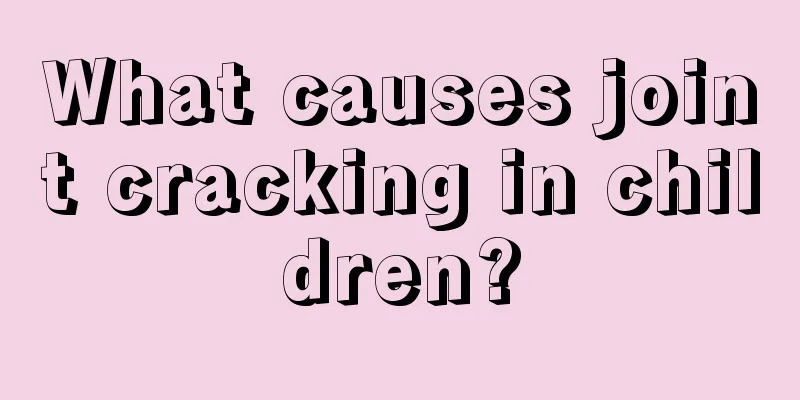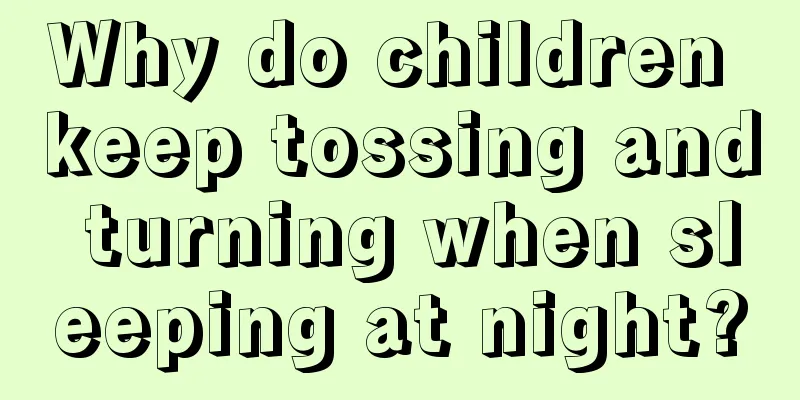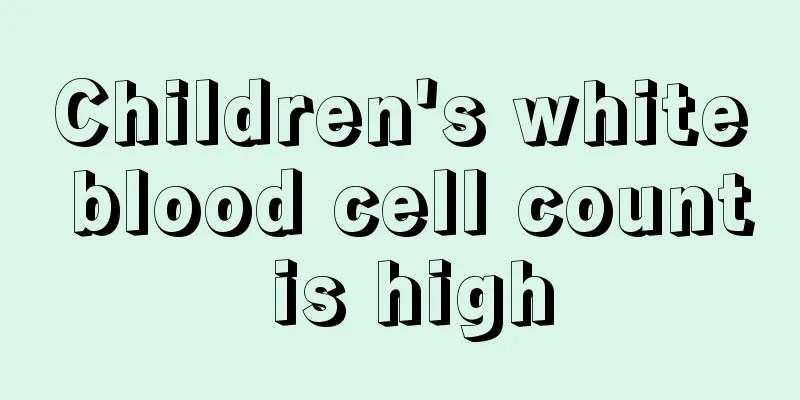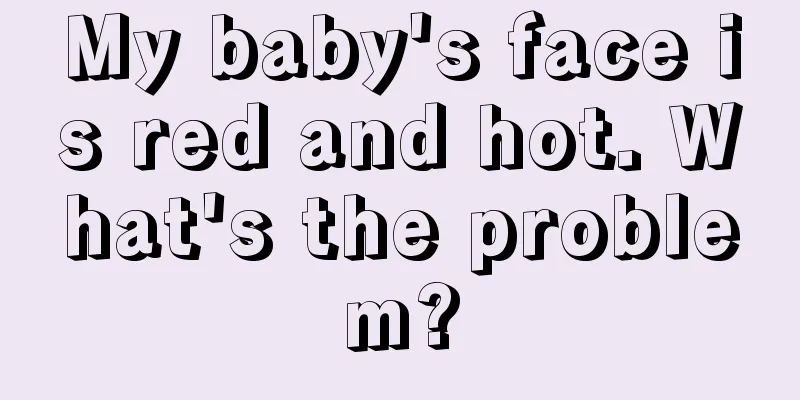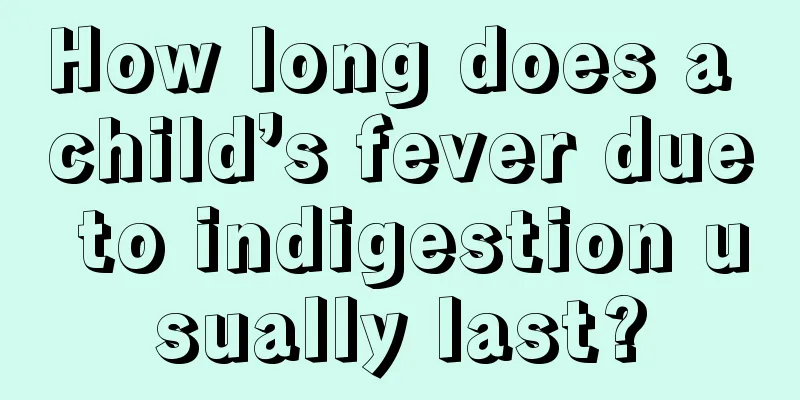Your child has a fever and is shivering all over?
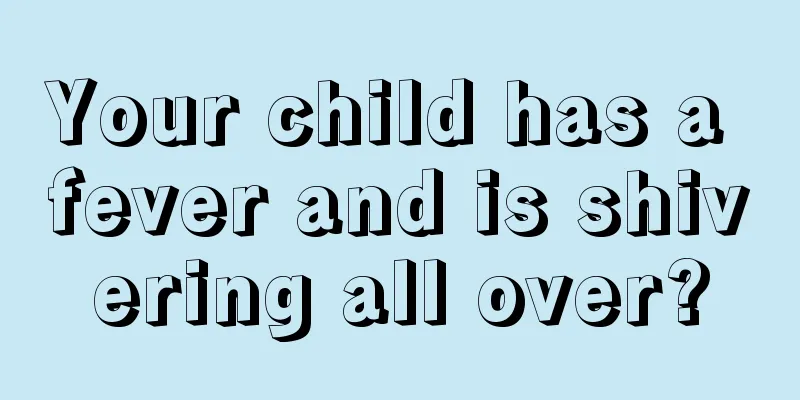
|
Colds and fevers are very common diseases in children. Babies have relatively weak resistance, and once they are infected with a virus, they are easily infected and have a fever. For new parents, they are often at a loss when their children have a fever. In fact, under normal circumstances, if the baby's fever is below 38.5 degrees, drug treatment is not recommended. It is best to reduce the temperature physically. If it exceeds 38.5 degrees, drug treatment is required, and it is best to use the medication under the guidance of a doctor.
Fever is divided into three stages: chills, fever and fever-relief: 1. Chill period: shivering all over, cold hands and feet. The human body's blood vessels begin to constrict and shiver to generate heat. The length of this period is uncertain and will end when the body temperature reaches a new set point. Usually, the more obvious the chill period, the more obvious the fever will be. The care at this time should focus on keeping warm to prevent chills. If you are thirsty, you should drink warm water. Physical cooling is not allowed during this stage, such as warm water baths, lying on ice pillows, etc. Otherwise, it will stimulate the body temperature center and make the fever more severe. 2. Fever period: warm body, faster breathing and heartbeat, headache, fatigue, etc. At this stage, the temperature required by the body temperature center has been met, but the duration of the fever is uncertain. The fever caused by general infection can be relieved within 48 hours, enterovirus, influenza, etc. may last for 3 to 5 days or even 1 week, and the fever caused by unknown reasons will last for more than 2 weeks. The body temperature during a fever usually fluctuates. The fever will go away once the body develops resistance or the pathogen is eliminated. At this time, you should pay attention to water replenishment, nutrition intake, and pay attention to whether dehydration symptoms occur. Depending on the patient's condition, you can give antipyretics or physical methods to reduce the temperature. It is recommended that if the body temperature remains high 30 minutes after taking antipyretics, physical methods should be used to assist in cooling down to relieve the patient's discomfort. 3. Heat dissipation period: sweating and slight drop in body temperature. The body dissipates heat through sweating, so you should replenish water, keep warm, wipe off the sweat, and preferably change into loose, sweat-absorbent clothing.
What should you do if your child has repeated fever? Parents must pay attention to this issue. 1. When the body temperature is below 38.5℃, physical cooling is the preferred intervention. Fever is the most common symptom of infectious diseases in children. The treatment of fever can be roughly divided into "physical treatment" and "drug treatment". Generally speaking, when a child's body temperature is below 38°C, there is no need to use drug treatment, but choose the correct physical cooling method. For example, applying a fever-reducing patch, drinking plenty of water, and taking a warm bath can all help lower body temperature.
If you find that your child's body temperature has exceeded 38.5℃, parents should closely observe the child's condition so as to respond in time. For infants and young children, when their body temperature exceeds 38.5℃, they need to be given medication. 3. If the body temperature is above 39°C, medication should be taken under the guidance of a doctor. When a child's body temperature exceeds 39°C and is considered a high fever, Western medicine treatment is usually chosen. Currently, ibuprofen and paracetamol are commonly used antipyretics in clinical practice. These two types of drugs are relatively safe. But one thing that must be made clear is that parents should use the medication under the guidance of a doctor, especially pay attention to the dosage, and send the baby to the hospital for treatment in time. |
<<: What are twitching and shaking after falling asleep?
>>: The child's eyes are red and have eye mucus
Recommend
What should a six-month-old child eat if he has a cough?
In today's social life, colds and fevers are ...
What to do if there are white spots on the child's fingertips
The doctor said that the reason why children have...
What is the difference between hyperactivity and ADHD?
The child's psychological characteristics are...
The child has no hair on his head
Baldness is a nightmare for many people, especial...
What are the massage methods for anorexia in children?
Many people have experienced anorexia, which mean...
Premature babies born at 29 weeks need more care
The care of premature babies must be particularly...
What are the symptoms of a small baby fontanelle?
It is a very common phenomenon for babies to have...
At what age is it best for children to change their teeth?
The baby's deciduous teeth will grow when he ...
What are the causes of vitiligo in children?
There are quite a few children suffering from vit...
How to treat a child's knee abrasion
In life, many parents are worried about their chi...
What should I do if my child has blood in his stool?
I wonder if many mothers often pay attention to t...
What are the dangers of anemia in infants
The baby's immunity is very low, and the baby...
What kind of soup is suitable for babies in spring?
The Spring Festival has just passed, and many of ...
Is the pediatric emergency room infectious?
Roseola infantum is a common disease among childr...
How to avoid scars on children's faces
Children are very naughty. They often like to tou...


